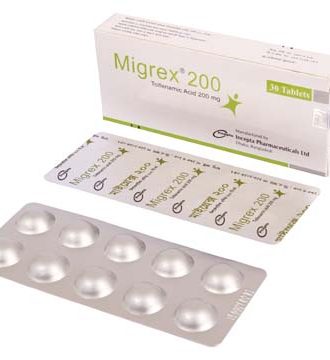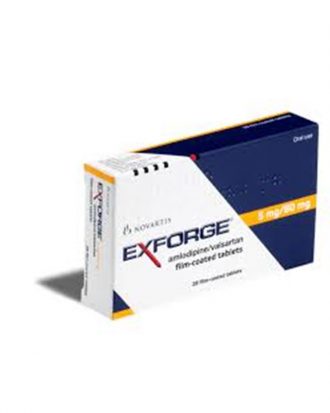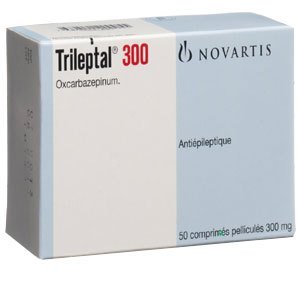Ranitidine Tablet & Syrup:
Duodenal and gastric ulcer: The usual dosage is 150 mg twice daily taken in the morning and evening or 300 mg as a single daily dose at night for 4 to 8 weeks.
Reflux oesophagitis: 150 mg twice daily or 300 mg at bed time for up to 8 weeks.
Zollinger Ellison syndrome: 150 mg 3 times daily and increased if necessary up to 6 g daily in divided doses. Dosage should be continued as long as clinically indicated.
Episodic dyspepsia: 150 mg twice daily or 300 mg at bed time for up to 6 weeks.
Maintenance: 150 mg at night for preventing recurrences.
Child (peptic ulcer): 2-4 mg/kg twice daily, maximum 300 mg daily.
Ranitidine IV injection & IV Infusion:
Ranitidine injection may be given either as a slow (over a period of at least two minutes) intravenous injection of 50 mg, after dilution to a volume of 20 ml per 50 mg dose, which may be repeated every six to eight hours; or as an intermittent intravenous infusion at a rate of 25 mg per hour for two hours; the infusion may be repeated at six to eight hour intervals; or as an intramuscular injection of 50 mg (2 ml) every six to eight hours. In the prophylaxis of haemorrhage from stress ulceration in seriously ill patients or the prophylaxis of recurrent haemorrhage in patients bleeding from peptic ulceration, parenteral administration may be continued until oral feeding commences.
In the prophylaxis of upper gastrointestinal haemorrhage from stress ulceration in seriously ill patient sapriming dose of 50 mg as low as intravenous injection followed by a continuous intravenous infusion of 0.125-0.250 mg/kg/hour may be preferred. In patients considered to be at risk of developing aspiration syndrome Ranitidine injection 50 mg may be given intramuscularly or by slow intravenous injection 45 to 60 minutes before induction of general anaesthesia.
Children: The recommended oral dose for the treatment of peptic ulcer in children is 2 mg/kg to 4 mg/kg twice daily to a maximum of 300 mg ranitidine per day. Safety and effectiveness of Ranitidine injection have not been established in case of children.
 Migrex (Tab) 200mg
1 × ৳ 10.00
Migrex (Tab) 200mg
1 × ৳ 10.00  Alve (Tab) 60mg
1 × ৳ 5.00
Alve (Tab) 60mg
1 × ৳ 5.00  Maggi Masala Blast 504gm
1 × ৳ 140.00
Maggi Masala Blast 504gm
1 × ৳ 140.00  Clean & Clear Foaming Face Wash 100ml
1 × ৳ 240.00
Clean & Clear Foaming Face Wash 100ml
1 × ৳ 240.00  Boost 3X More Stamina Jar | 400 g
1 × ৳ 390.00
Boost 3X More Stamina Jar | 400 g
1 × ৳ 390.00 




Reviews
There are no reviews yet.